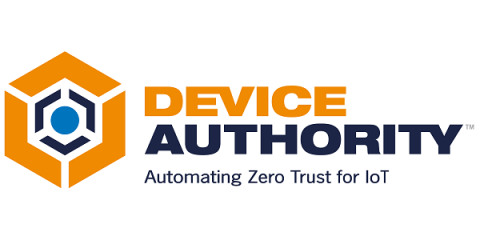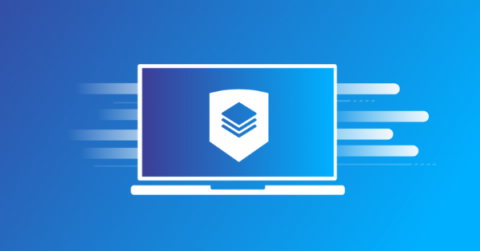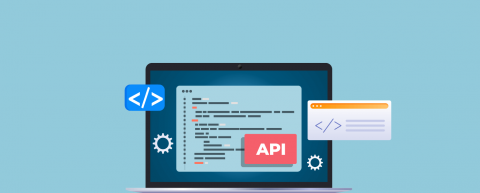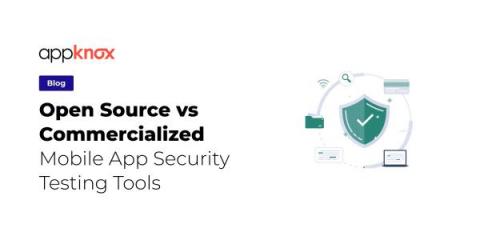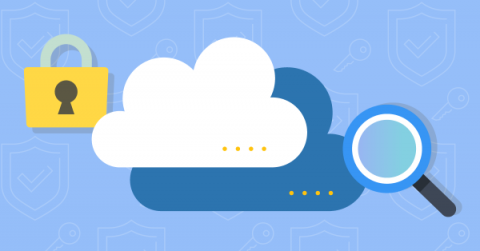Is IoT Security Only as Good as The Weakest Link? A Guide to Protecting Your Security Environment In 2022
The Internet of Things (IoT) has been a rapidly implemented technology, with estimates suggesting that there will be over 50 billion devices connected to the internet by 2020. This number includes not only traditional computing devices, but also a wide range of “smart” devices including cars, appliances, and even medical implants. As these devices become more and more common, the need for effective security management becomes increasingly important.


